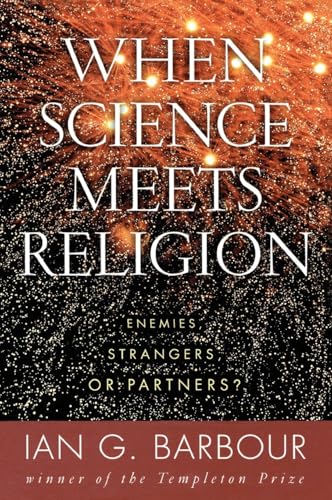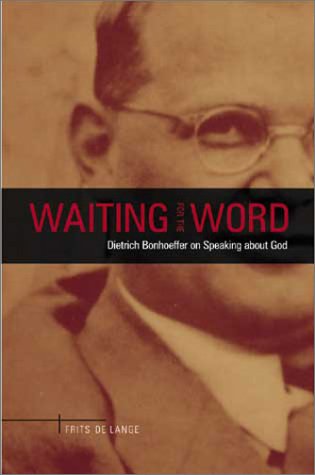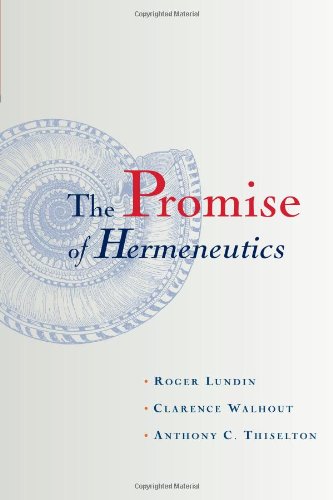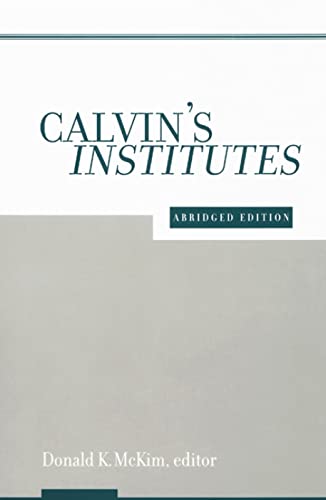The theme could not be more appropriate for one of the first of the new series of The Bible Speaks Today expositions. What theme is more fundamental to the Bible’s message than this one?
The earlier series of Bible Speaks Today expositions on particular Old and New Testament books have maintained a remarkably consistent standard of excellence. They continue to be of enormous value both to those who teach the Bible and to other Christians who wish to be serious in their study of it. If this volume sets the standard for those that follow, the new series on particular Bible themes will be no less so. Like the earlier series this one will aim to expound the text accurately, to relate it to contemporary life and to be readable. The first of these aims is a more difficult task as the starting point is a theme rather than the text itself. In particular when the theme is as large and as all pervasive in the Bible as is this one, the author must have faced a considerable difficulty in knowing where to begin and where to end. and on what particular passages of Scripture to focus especially.
The author gathers material into three sections: God and his world. God and his people and God in three Persons. More than two thirds of the book is given to an exposition of OT passages, most of them from the Pentateuch. Thus the first section deals with the first nine chapters of Genesis. ‘Moses’ says the author ‘is the Paul of the Old Testament’. Three other chapters give an overview of Amos. Hosea and Isaiah 40–48. Those dealing with the NT cover five passages: John 1. Romans 3:21–26, Matthew 28:18–20, Romans 11:33–36 and Revelation 4 and 5.
But, as one would hope, the reader is constantly pointed to the Lord Jesus Christ as the fulfilment of all to which the OT pointed and God’s supreme revelation of himself.
Although a particular passage of Scripture stands at the head of each chapter the author is not constrained by it. In a number of cases the selected passage serves as a focus into which are drawn many other related texts, rather after the manner of a systematic theology. So when he heads the final chapter ‘Alpha and Omega: the worship of the living God’ and roots it in Revelation 4 and 5, he includes a section on the essential work of the Holy Spirit in enabling us to worship without any reference to Revelation at alt. At some points I found myself wishing for a more confined and detailed exposition of the main passage cited.
The book is sprinkled liberally with quotations from many other authors; rather too liberally, in my view, for the smooth reading of the book. To repeatedly include a sentence or two introduced by ‘as so-and-so’ says seems unnecessary for an author who is as good a wordsmith as is this one Most of the quotations are from evangelical writers but some are not so, such as William Barclay and Walter Brueggemann.
The truths expounded are well applied and, as one would expect from an author who is first and foremost a preacher, there are some good illustrations. The book concludes with a helpful study guide designed both for group and individual use.
To quote the author: ‘It is only as we get God in perspective that we get other things in our life and world into focus and perspective, including our own concerns and self understanding.’ This book, used alongside our Bibles, will help us both to get that perspective and to keep it.
Peter Seccombe
St Albans






